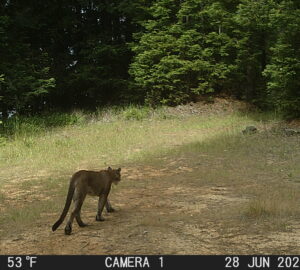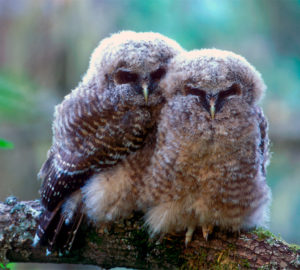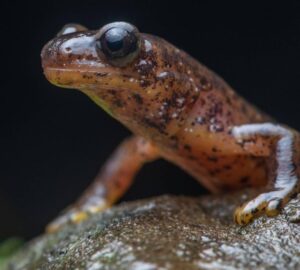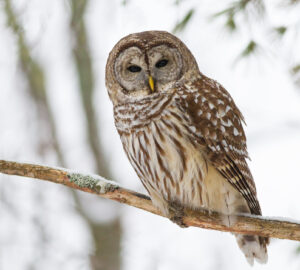Investigating Coast Redwoods as Refugia for Bats Under Global Change
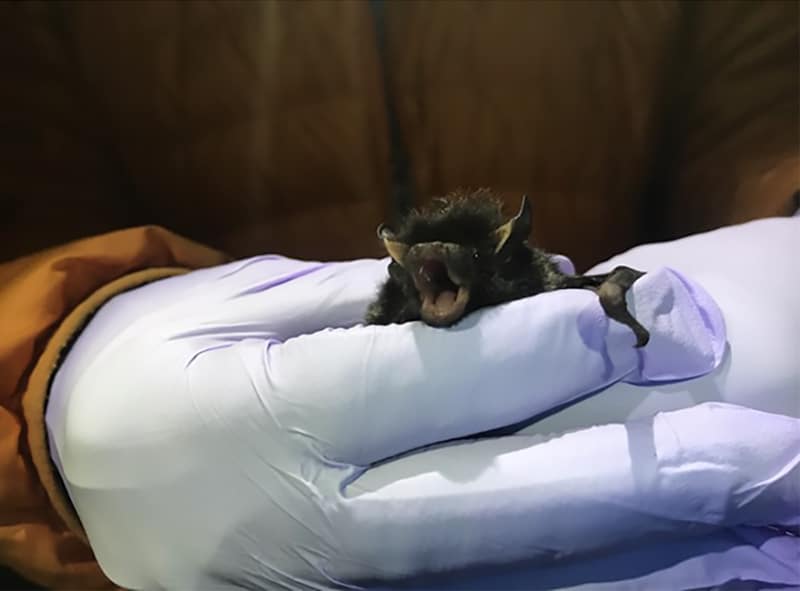
Bats are a top conservation priority. Not only are these fascinating mammals vulnerable to climate change, but many species around the world are also falling victim to a fungal disease called white-nose syndrome. This disease causes bats to wake up more frequently during their winter hibernation. If the roused bats can’t find enough food, they may starve to death. New research funded by Save the Redwoods League suggests that coast redwood forests may offer bats refuge from both of these threats.
In 2019 and 2020, Chelsea Andreozzi and Adina Merenlender, researchers from the University of California, Berkeley, used ultrasonic acoustic monitors to study bats in redwood forests of Sonoma and Mendocino counties. They wanted to learn if bat species presence and activity varied based on forest condition and microclimate, so they chose study sites in mature forests without active management and in young forests managed for timber harvesting (working forests), and in high and low fog areas.
Andreozzi and Merenlender collected recordings of bat calls each summer. In addition, they monitored five of the 20 sites for a full year using acoustic monitors that were mounted on the ground and in the tree canopy. In 2019, they also used mist nets to capture bats, which enabled them to confirm which species they were detecting as well as glean information about the bats’ sex, age and reproductive status.
The researchers saw notable differences between forest types. Though they detected many bat calls in the working forest sites, most were from two fairly common species of California bats, the California myotis and Yuma myotis.
Protected sites with mature groves tended to have a greater diversity of bats, and certain species were consistently detected there more frequently than in the younger, working forests.
The study also yielded some interesting insights into how species presence varied at different heights of the forest habitat. Notably, the canopy monitors were much better at detecting migratory bat species than the ground-mounted monitors, including during months outside of the known migration seasons of fall and spring. The treetop monitors also detected more bat activity during winter months, suggesting bat researchers who only use conventional, ground-based survey methods may underestimate the value of coastal habitat for bats, especially in winter.
These results have important implications for bat conservation. Bat populations that inhabit coast redwood forests may be buffered from the extreme temperatures and longer dry periods that we will likely see in California due to climate change. “In addition, if bats are normally active in coast redwood forests during the winter, then these populations may be more resistant to white-nose syndrome than hibernating populations inland,” Andreozzi says.
“Conserving mature forests is critical to conserve a diversity of bat species and population persistence should be considered in forestry management plans to protect bats in the face of climate change and disease,” Merenlender says.



